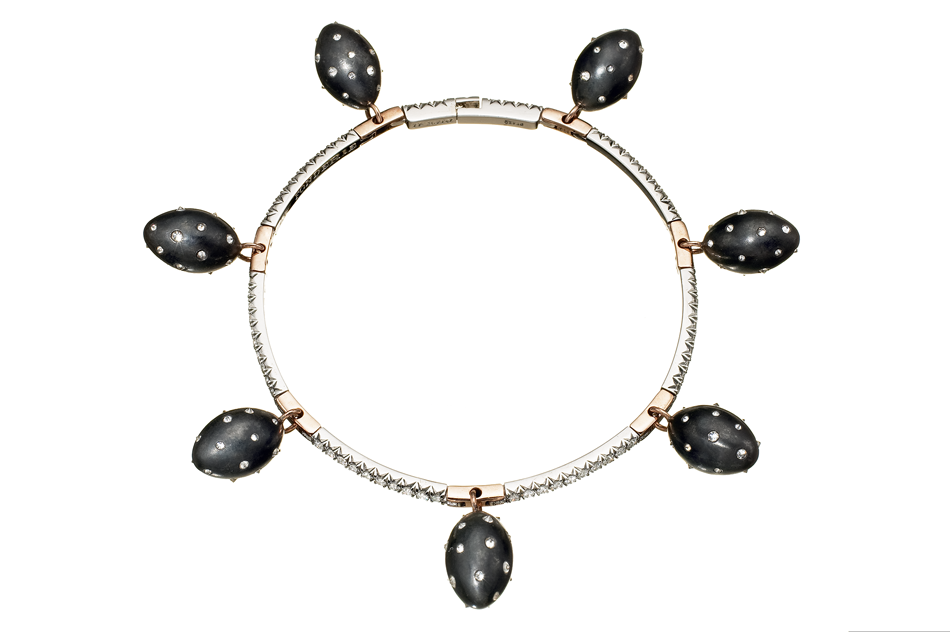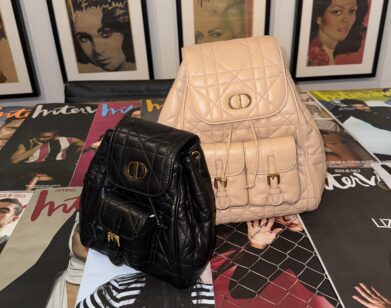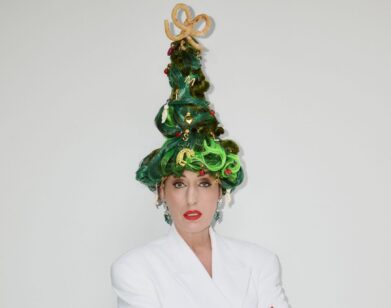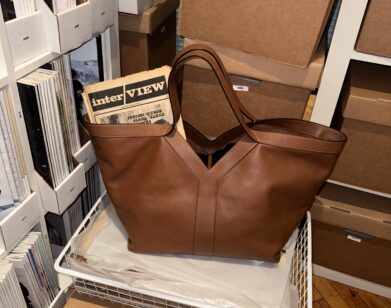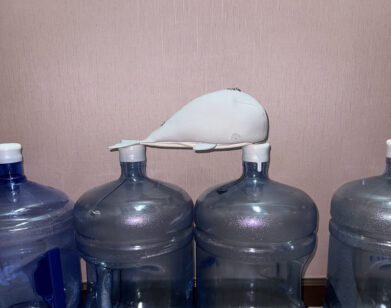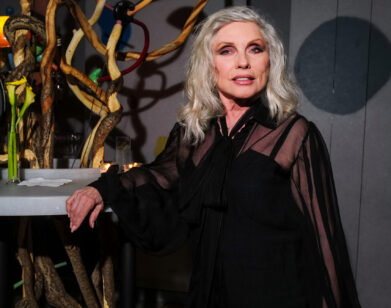James de Givenchy and the Art of War
James de Givenchy’s latest jewelry collection gives new meaning to The Art of War. The five pieces are designed for Fonderie 47, a non-profit organization that transforms the steel of confiscated AK-47 assault weapons from Africa’s war zones into luxury jewelry and then funds the removal of hundreds of guns with the proceeds of each sale. The ingenious and compassionate double-edged approach is the brainchild of Fonderie 47 co-founder Peter Thum.
Thums’ venture has destroyed 20,000 rifles in Congo, Rwanda and Barindia since 2009 by Mines Advisory Group, which won a Nobel Peace Prize. Thums said that there are currently an estimated 20 million assault rifles in Africa. “About 30% of the weapons are in the hands of the government in Africa, private security forces, military and police forces,” explained Thum. “70% are owned by members of the public. Our mission is to reduce the supply of these weapons and to transform them into something beautiful which people desire.”
Fonderie 47 partners with world-renowned jewelry designers, and in the hands of Givenchy, the result is both visually stunning and intellectually evocative. Givenchy’s aptly named Phoenix collection focuses on the egg shape as a symbol of renewal, not only of the reappropriated steel itself, but of the human lives transformed by the metal’s repurposing from instrument of war into art. “The source of the phoenix is the egg,” said Givenchy. “It’s actually the shape of an emu or ostrich’s egg. It’s also the shape of a bullet. I blackened the steel to represent the heat from the firing of the gun. This is a message of hope and beauty.”
We loved the juxtaposition of edge and elegance that coursed through Friday’s presentation: the pop-up event was held on tony Fifth Avenue but in an intentionally raw unfinished space; the priceless pieces were displayed not on velvet but on distressed wood as spotlights dramatically pierced the darkness, and ultimately, within the pieces themselves, which combined steel from gritty streets with delicate, precious (and conflict-free) diamonds. All five pieces incorporated the egg shape: the ring, bracelet, ear pendants, necklace and an egg sculpture, akin to reinterpreting a classic Fabergé egg through the war-torn street lens of The Clash’s “Straight to Hell.” The effect was a cool, insouciant, downtown chic—with heart.
Previously, Givenchy worked with steel as an accent in his pieces, from WWII guns and bayonets, to symbolize his family’s involvement in the French Resistance during World War II.
Givenchy (whose musical influences include The White Stripes and The Black Keys) grew up Beauvais, France and came to New York in the early ’80s. “The punk era in the late ’70s was a very strong movement for us, in a small town in France. It was much more aggressive there—young people with no direction or hope—than it was in New York, where it was more glamorous.”
Growing up, his uncle, Hubert de Givenchy, “scared the hell out of me! He was so tall. He was so handsome and so busy and my father was working with him as director of the House [of Givenchy]. He was always dressed up. He’d be with his models, who were as tall as him and half-naked. It was his whole persona, the elegance, it was mesmerizing.” Givenchy would attend his uncle’s runway shows and “growing up, I was always doing fashion drawings. But I always thought I could never be him, so I went into graphic design and then worked in the jewelry department at Christie’s. When my uncle came to my first showing, I was so proud.”
For more information visit the Fonderie 47 website.

